Optimal Seasons for Foundation Repairs
Foundation repairs are most effective when performed during periods of stable and moderate weather conditions. Timing can influence the longevity and success of repairs, as extreme temperatures and moisture fluctuations may affect the soil and foundation stability. Understanding seasonal patterns helps ensure that repairs are durable and minimally impacted by environmental factors.
Spring and early summer are ideal times for foundation repairs due to moderate temperatures and soil moisture levels, which facilitate proper curing and settling.
Repairs should be scheduled outside of harsh winter and peak summer months when soil movement is unpredictable and weather conditions can hinder work quality.
Soil stability is critical; repairs are most successful when soil is neither overly saturated nor completely dry, typically during periods of consistent moisture levels.
Seasonal shifts can cause soil expansion or contraction, which may compromise repair integrity if performed during unstable periods.
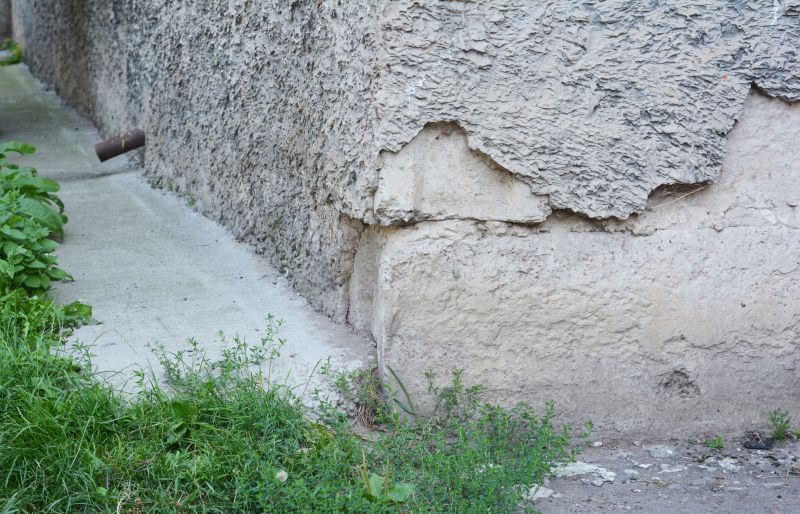
Spring offers favorable conditions for repairs with moderate temperatures and soil moisture levels.

Early summer provides stable weather, reducing delays and ensuring proper curing of repairs.
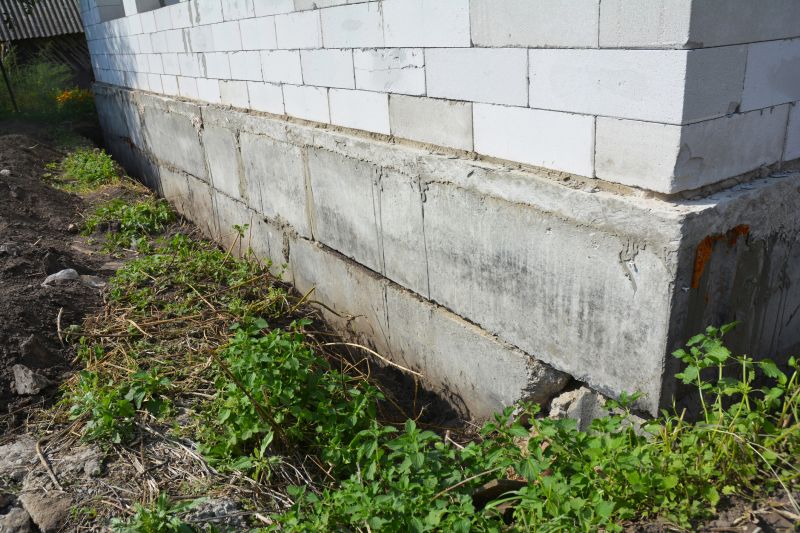
Fall can be suitable if weather remains mild and soil moisture is consistent, avoiding winter freeze issues.
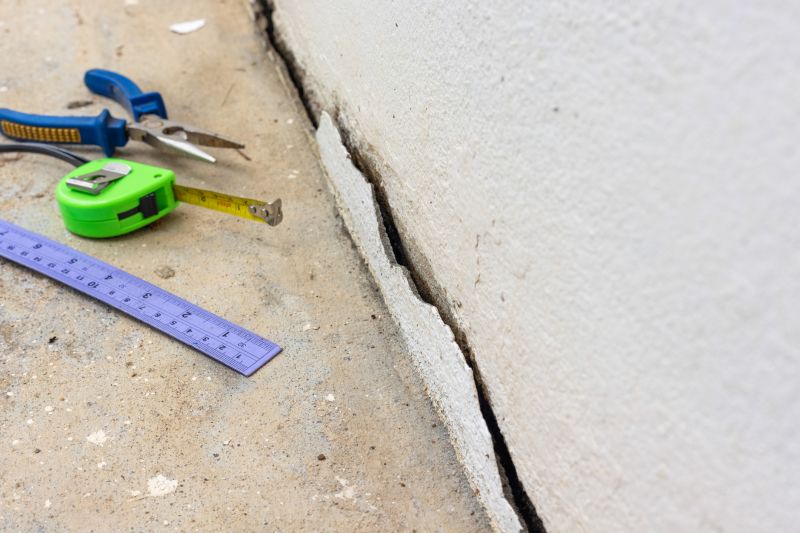
Ways to make Foundation Repairs work in tight or awkward layouts.
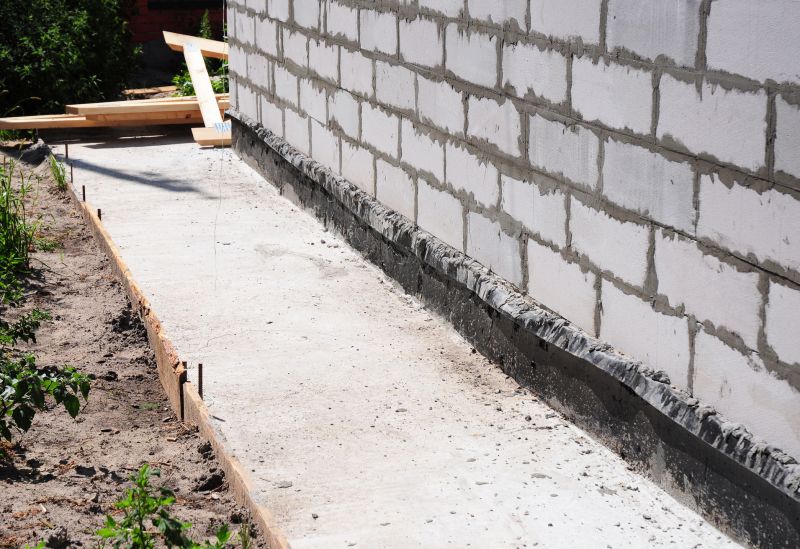
Popular materials for Foundation Repairs and why they hold up over time.
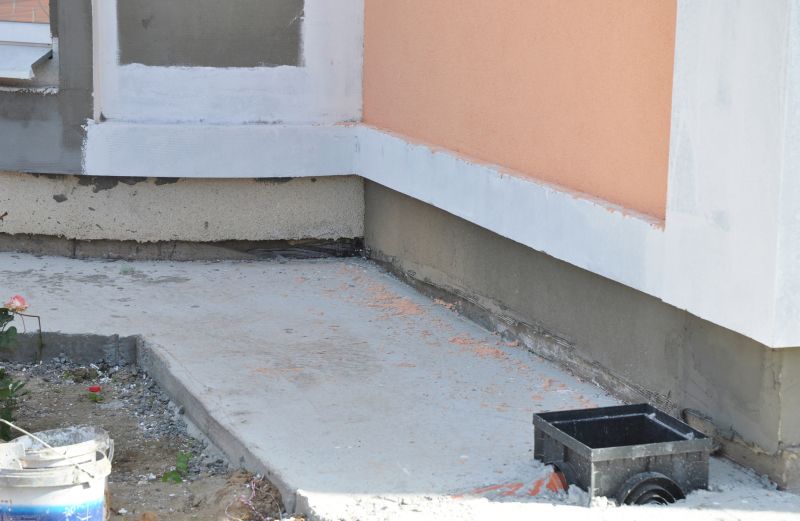
Simple add-ons that improve Foundation Repairs without blowing the budget.
| Season | Best Practices |
|---|---|
| Spring | Schedule repairs early to take advantage of moderate weather and soil conditions. |
| Summer | Ensure work is completed before peak heat and humidity set in. |
| Fall | Plan repairs before cold weather causes soil freezing and movement. |
| Winter | Generally avoid repairs due to soil freezing and limited access. |
| Late Fall | Monitor weather forecasts to identify suitable windows before winter. |
Foundation repairs are essential for maintaining structural integrity and preventing further damage. They typically involve addressing issues such as settling, cracking, or shifting caused by soil movement, moisture changes, or other environmental factors. Proper timing enhances the effectiveness of repairs, ensuring that the foundation remains stable and durable over time. Seasonal considerations, including soil conditions and weather patterns, play a significant role in planning and executing these repairs successfully.

A comprehensive approach ensures long-lasting stability for Wisconsin Rapids homes.

Identifying early signs helps determine the best timing for intervention.

Properly timed repairs restore structural integrity and prevent future issues.

Effective methods are used to ensure foundation stability during repairs.
Timely foundation repairs are crucial for preserving property value and safety. Scheduling repairs during optimal seasons minimizes risks associated with soil movement and weather-related delays. Consulting with foundation specialists can help determine the best time based on local climate patterns and soil conditions, ensuring a successful and lasting repair process.
Interested in foundation repairs? Fill out the contact form to receive expert guidance and scheduling options tailored to Wisconsin Rapids conditions.

